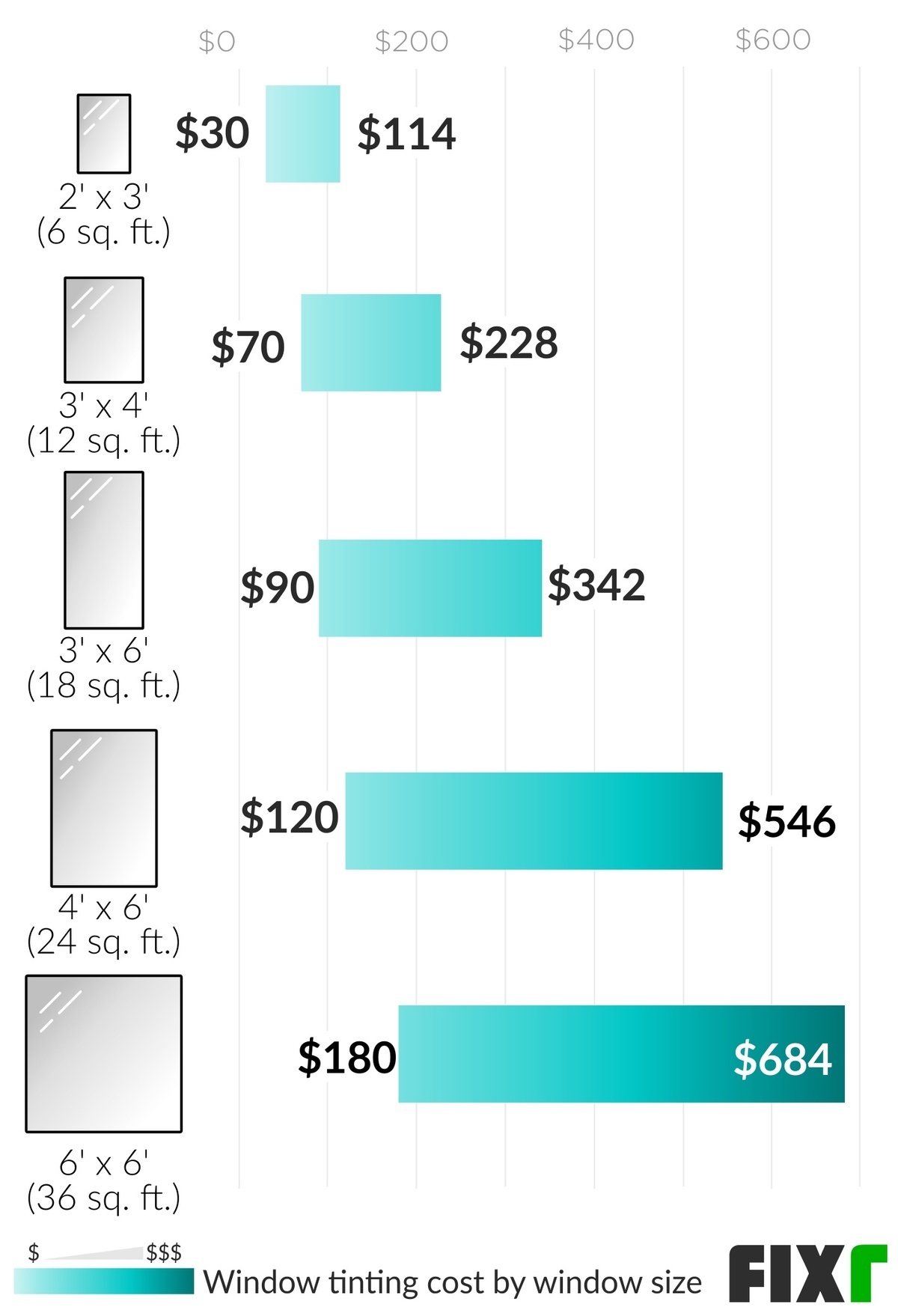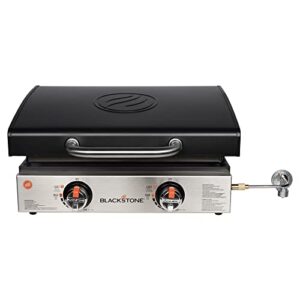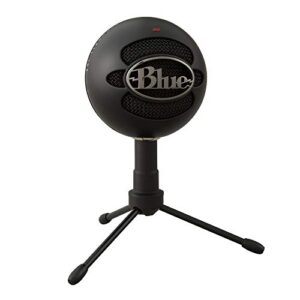Contents
Have you ever wondered how much it costs to get your windows tinted? If so, you’re in luck! In this article, we will explore the various factors that determine the cost of window tinting and provide you with a comprehensive overview of the expenses associated with this popular automotive enhancement. From materials and labor to the type of vehicle and the region you live in, we will break down everything you need to know about the cost of getting windows tinted. So, let’s get started and shed some light on this intriguing topic!
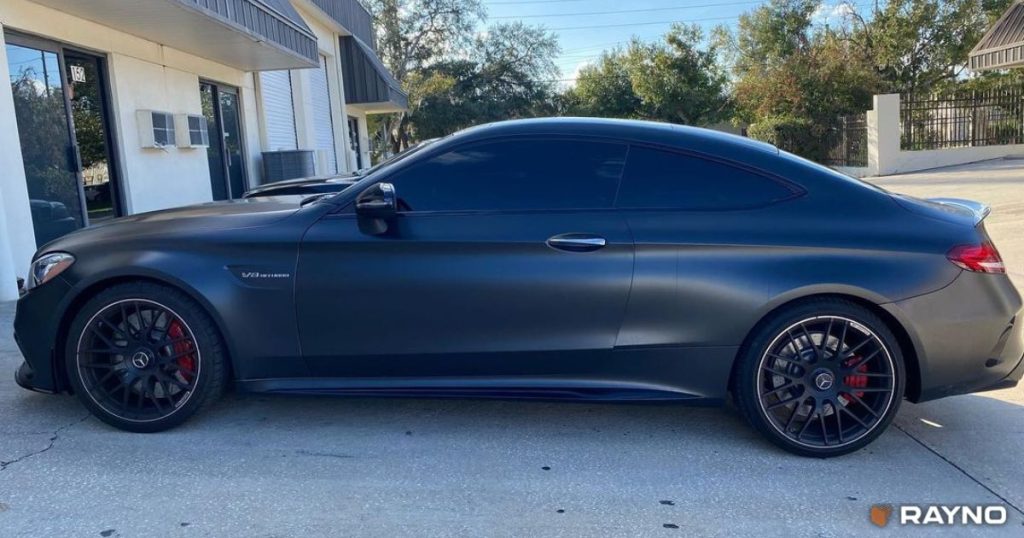
Factors Affecting the Cost of Window Tinting
Window tinting is a popular choice for individuals looking to enhance the privacy, comfort, and aesthetic appeal of their vehicles or buildings. However, the cost of window tinting may vary depending on several factors. Understanding these factors can help you make an informed decision and budget accordingly. Here, we will explore the different variables that can influence the cost of window tinting.
Type of Film
One of the essential factors influencing the cost of window tinting is the type of film chosen. There are various options available in the market, each with its unique characteristics and price range.
Dyed Window Tint Film
Dyed window tint film is the most affordable option. It consists of a layer of dye that darkens the windows and reduces the amount of heat and glare entering the vehicle or building. While dyed films may provide some level of privacy, they offer minimal protection against UV rays.
Metalized Window Tint Film
Metalized window tint film contains small metallic particles that help in reflecting heat away from the windows. These films not only provide excellent heat reduction but also enhance privacy and offer UV protection. However, the presence of metal makes them more expensive than dyed films.
Ceramic Window Tint Film
Ceramic window tint films are known for their superior heat reduction capabilities and exceptional clarity. They employ advanced ceramic technology that blocks a significant amount of heat and harmful UV rays while allowing optimal visibility. Due to the premium features they offer, ceramic films tend to be more expensive.
Carbon Window Tint Film
Carbon window tint films provide excellent heat rejection, UV protection, and glare reduction. They are also known for their durability and can resist fading over time. Carbon films fall in the mid-range price category, making them a popular choice among car owners and property owners alike.
Size and Number of Windows
The size and number of windows that need to be tinted also impact the cost. Larger windows, such as those found in SUVs, trucks, or commercial buildings, will require more tinting material, thus increasing the overall expense. Similarly, vehicles with multiple windows, including rear and side windows, will cost more to tint compared to those with fewer windows.
Type of Vehicle
The type of vehicle can affect the price of window tinting as well. Luxurious or high-end vehicles may have unique window shapes and sizes, requiring customized tinting solutions. Additionally, some high-performance vehicles may have curved or complex windows, which can make the installation process more challenging, thereby increasing the cost.
Type of Tint Shop
The choice of tint shop can also influence the cost of window tinting. Different tint shops may have varying pricing structures depending on factors such as their location, reputation, expertise, and the quality of their products and services. Established and reputable tint shops may charge higher rates, but they often provide superior craftsmanship, warranties, and customer support.
Types of Window Tint Films
Before delving into the average cost range for window tinting, it’s important to understand the different types of window tint films available in the market. Each type has its unique characteristics and benefits, allowing you to select the one that best suits your needs and preferences.
Dyed Window Tint Film
Dyed window tint film consists of a layer of dye that is applied to the glass. This type of film primarily reduces the visibility into the vehicle or building, giving it a darkened appearance. Dyed films are usually the most affordable option since they do not offer extensive heat or UV protection. However, they are still capable of reducing glare and enhancing privacy.
Metalized Window Tint Film
Metalized window tint film incorporates tiny metallic particles into the film’s construction. These particles help reflect solar energy away from the glass, reducing heat buildup inside the vehicle or building. Metalized films offer better heat rejection and UV protection compared to their dyed counterparts. They also increase the integrity of the window, making it more shatter-resistant.
Ceramic Window Tint Film
Ceramic window tint film utilizes advanced ceramic nanoparticles that provide excellent heat reduction and UV protection. These films do not interfere with electronic signals, such as those used for keyless entry or GPS systems, making them ideal for modern vehicles. Furthermore, ceramic window tint films have exceptional clarity, allowing optimal visibility both during the day and at night.
Carbon Window Tint Film
Carbon window tint film is designed to effectively block heat and UV rays while maintaining a luxurious appearance. These films contain carbon layers that provide superior heat rejection properties and ensure that the color remains stable over time. Carbon films also significantly reduce glare, making them an excellent choice for individuals who frequently drive during bright sunny conditions.
Average Cost Range for Window Tinting
Now that we have explored the different types of window tint films, let’s discuss the average cost range for window tinting based on various factors. Keep in mind that these ranges are approximate and can vary depending on your location and other individual factors.
Cost Range for Cars
For cars, the cost of window tinting typically ranges from $100 to $600. This range is influenced by factors such as the type and quality of the film, the number of windows, and the size of the car. Dyed window tint film is generally the most affordable, while ceramic and carbon films tend to be on the higher end of the price spectrum.
Cost Range for SUVs and Trucks
SUVs and trucks often have larger windows compared to regular cars, resulting in a higher cost of window tinting. The average cost range for SUVs and trucks is between $200 and $800. Again, the price can vary depending on the type of film chosen, the number of windows, and the overall size of the vehicle.
Cost Range for Residential Window Tinting
When it comes to residential window tinting, the cost primarily depends on the size and number of windows in your home. On average, homeowners can expect to pay between $5 and $8 per square foot of window tinting. However, this cost can increase if additional services, such as decorative window film installation, are included.
Cost Range for Commercial Window Tinting
Commercial window tinting costs can vary significantly based on the size of the building, the number of windows, and the type of film used. On average, commercial window tinting can range from $6 to $15 per square foot. Factors such as accessibility, architectural complexity, and specific tinting requirements may cause the cost to fall on the higher end of the spectrum.
Additional Options and Upgrades
Beyond the basic window tinting options, there are several additional options and upgrades available that can further enhance the functionality and appearance of your tinted windows. These options may come at an additional cost, but they provide additional benefits and customization possibilities.
Deeper Tint Shades
While standard window tint films offer a significant reduction in visibility, you can opt for deeper tint shades for increased privacy and a more stylish look. Deeper tint shades generally cost more than lighter shades but offer enhanced privacy and heat rejection capabilities.
UV Protection
Protecting yourself and your belongings from harmful UV rays is essential. Many window tint films offer UV protection, blocking a significant amount of harmful rays from entering your vehicle or building. UV protection is often included in most mid-range to high-end window tint films.
Infrared Rejection
Infrared rejection is another crucial feature to consider when selecting a window tint film. Infrared rays are responsible for heat buildup, and a film with good infrared rejection capabilities can significantly reduce the amount of heat entering your vehicle or building. While films with high infrared rejection may result in a slightly higher cost, they can greatly enhance your comfort, especially during hot summer months.
Glare Reduction
Glare from the sun can be a major annoyance, obstructing your vision and causing discomfort. Window tint films designed specifically for glare reduction can significantly minimize this issue. These films often come at a slightly higher cost compared to standard films but can greatly enhance visibility and driving comfort.
Privacy Tint
Privacy tint is designed to enhance the privacy of your vehicle or building by further reducing the visibility from the outside. This type of tint is often used in commercial applications where confidentiality and privacy are of utmost importance. Privacy tint may have a higher cost due to its specialized nature and increased opacity.
Decorative Window Film
Decorative window films provide an opportunity to personalize the appearance of your windows while still enjoying the benefits of tinting. These films come in various patterns, colors, and textures, allowing you to create a unique look for your home or business. Decorative window film generally costs more than standard tint films due to its customization options and increased aesthetic appeal.
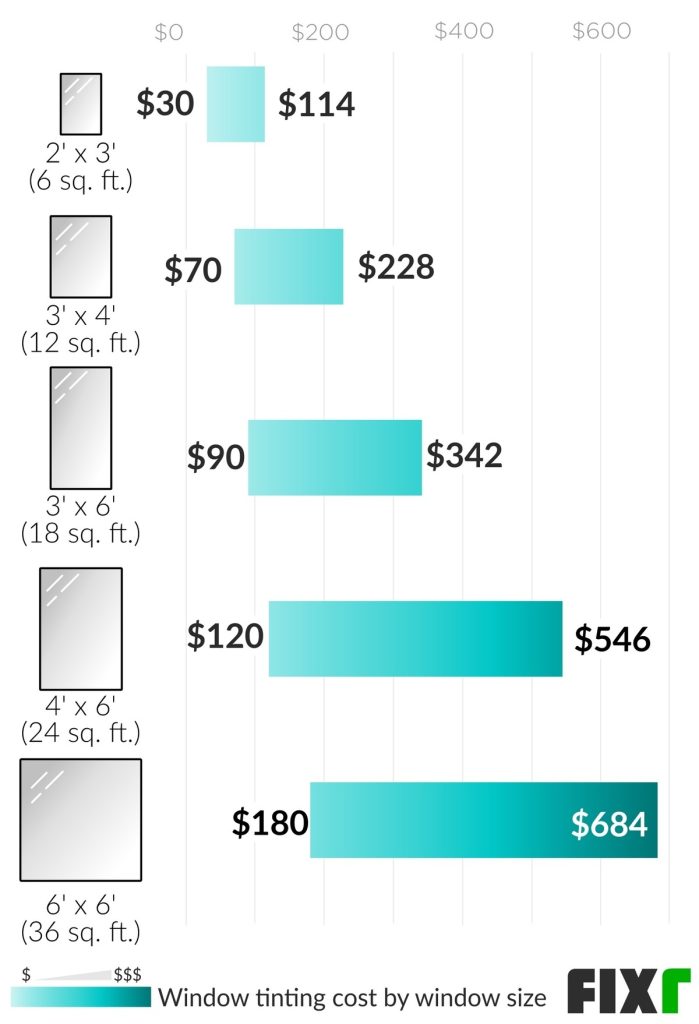
Cost Breakdown of Window Tinting
To better understand the cost breakdown of window tinting, it’s essential to consider the different elements that contribute to the overall expense.
Labor Costs
Labor costs typically account for a significant portion of the overall window tinting cost, especially if you choose professional installation. Experienced technicians must properly clean the windows, measure and cut the film, and ensure a precise and bubble-free application. The complexity of the job, the number of windows, and the quality of the installation can influence the labor cost.
Material Costs
Material costs include the price of the selected window tint film. As mentioned earlier, the cost can vary depending on the type and quality of the film. Higher-end films generally come at a higher cost but provide better performance, enhanced aesthetics, and increased durability.
Warranty and Additional Services
When considering window tinting, it is important to inquire about the warranty offered by the tint shop or the manufacturer of the film. A warranty provides you with peace of mind and protection in case of any defects or issues with the installed tint. Some tint shops may also offer additional services, such as removing old tint or providing maintenance and cleaning packages, which can influence the overall cost.
Factors to Consider Before Getting Windows Tinted
Before deciding to get your windows tinted, there are several important factors to consider. Taking these factors into account will help you make an informed decision and ensure that the window tinting process meets your expectations and requirements.
Legal Regulations
Every country and state may have specific regulations regarding the darkness and reflectivity of window tinting. It is crucial to familiarize yourself with these regulations to ensure compliance and avoid any legal issues. Violating tinting laws can result in fines, vehicle inspections, or even having the tint removed.
Tinting Laws by State
In the United States, each state has its own tinting laws that specify the allowable levels of darkness for different windows. For example, front side windows may have different restrictions than rear side or back windows. Understanding the tinting laws specific to your state will help you choose the appropriate tint level and avoid any potential legal consequences.
Manufacturer’s Warranty
Before selecting a window tint film, it is important to review the manufacturer’s warranty. A warranty can provide reassurance regarding the quality and durability of the film. Be sure to inquire about the coverage period, any limitations or exclusions, and the process for making warranty claims.
Tinting Durability
The durability of the window tint film should be a significant consideration when choosing the right option for your vehicle or building. Higher-quality films are often more durable, with enhanced resistance against fading, discoloration, and peeling. Considering the expected lifespan of the film can help you make a cost-effective decision in the long run.
Professional Installation
While DIY tinting kits are available, professional installation often yields better results. Professional tint shops have the necessary experience, tools, and expertise to ensure a seamless and long-lasting tint installation. Opting for professional installation can help you avoid common errors and achieve a high-quality finish.
Shop’s Reputation
Selecting a reputable tint shop is vital to ensure a positive and satisfactory window tinting experience. Check online reviews, ask for recommendations, and inquire about the shop’s certifications or affiliations. A well-established and respected tint shop is more likely to provide quality workmanship, exceptional customer service, and reliable warranties.
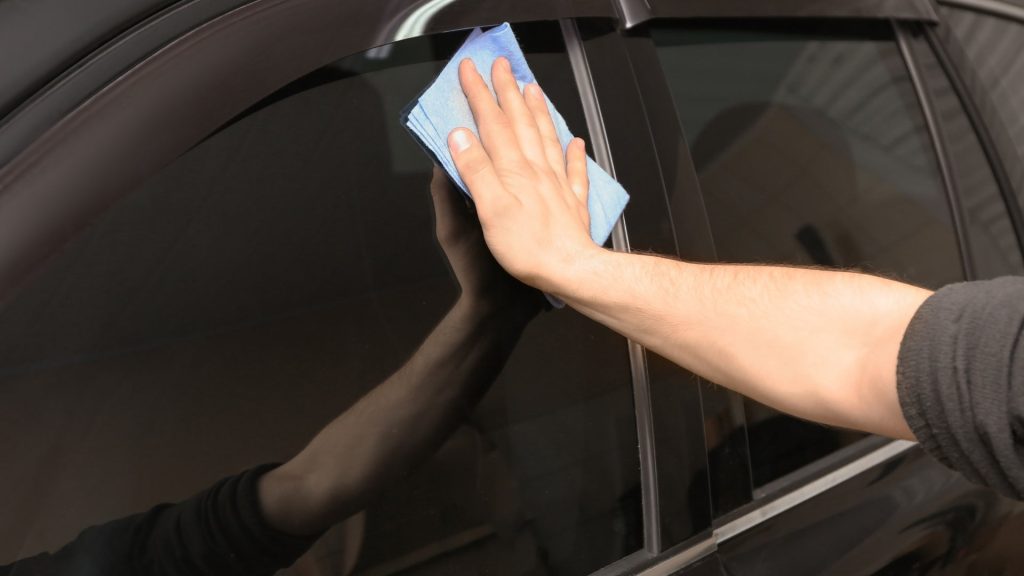
How to Find Window Tinting Services
Now that you are aware of the factors to consider before getting windows tinted, you may wonder how to find reliable and trustworthy window tinting services. Here are a few popular methods to help you find reputable tint shops:
Local Tint Shops
Start by researching local tint shops in your area. Look for established businesses with positive reviews and ratings. Visiting their websites or calling them directly can provide you with more information about their services, pricing, and any ongoing promotions.
Online Directories
Various online directories specialize in providing information about local businesses, including tint shops. Websites such as Yelp, Google My Business, and Angie’s List allow users to search for tinting services, read reviews, and compare different options. These directories often feature detailed profiles and contact information for each business.
Referrals and Recommendations
Seeking referrals or recommendations from friends, family, or coworkers who have had their windows tinted can be invaluable. They can share their personal experiences, offer insights into the quality of workmanship, and provide recommendations for reputable tint shops. Asking for referrals ensures that you receive information from trusted sources.
DIY vs. Professional Window Tinting
While some individuals may consider do-it-yourself (DIY) window tinting as a cost-effective option, there are distinct advantages to hiring a professional tinting service.
Advantages of Professional Installation
Professional installation guarantees a high-quality result. Experienced technicians have the necessary skills, knowledge, and equipment to install the tint precisely and without any imperfections. Moreover, professional installation often comes with warranties and guarantees, providing additional peace of mind.
Advantages of DIY Tinting
Some individuals may prefer the affordability and convenience of DIY window tinting. DIY tinting kits are readily available, and online tutorials provide instructions for installation. DIY tinting can also offer the opportunity to customize the process to one’s preferences, such as experimenting with unique patterns or designs.
Considerations for DIY Tinting
While DIY tinting kits may seem appealing, there are certain considerations to keep in mind. DIY installation requires significant attention to detail, patience, and precision. Any mistakes made during the installation process can result in an unsatisfactory finish or damages to the vehicle or building. Additionally, DIY tinting may lack the warranty and support services provided by professional tint shops.
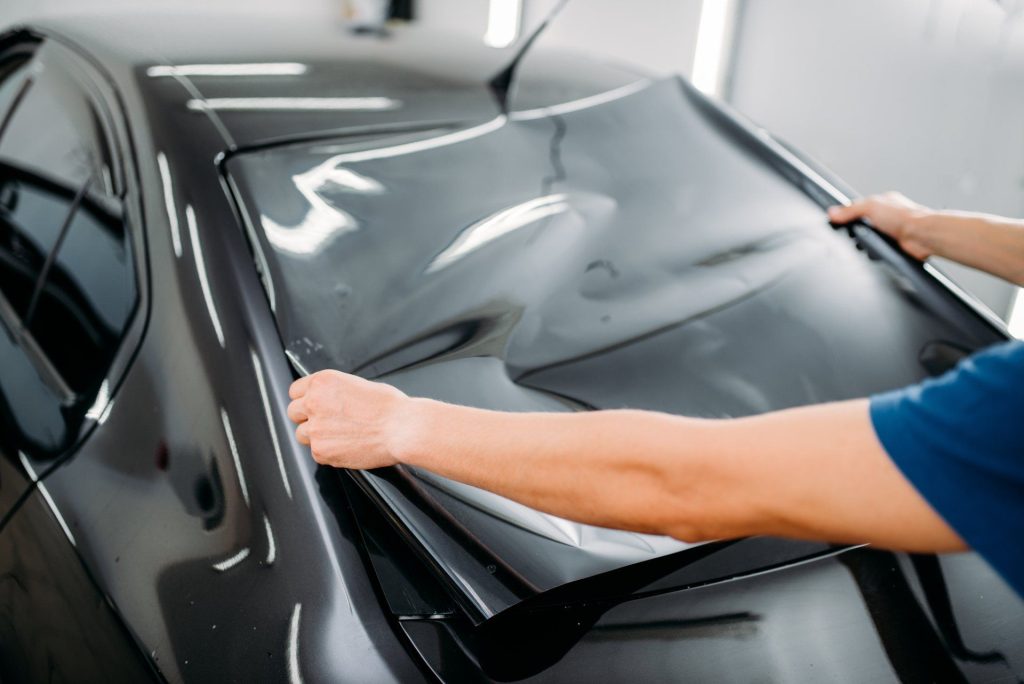
Summary
The cost of window tinting depends on factors such as the type of film, the size and number of windows, the type of vehicle, and the choice of tint shop. Understanding the different types of window tint films, their respective features, and cost ranges can help you make an informed decision. Additional options and upgrades, such as UV protection and glare reduction, are worth considering to enhance the functionality of your tinted windows.
When determining the overall cost of window tinting, it is essential to account for labor costs, material costs, and any additional services provided by the tint shop. Before getting your windows tinted, ensure compliance with legal regulations and familiarize yourself with tinting laws specific to your state. Consider the manufacturer’s warranty, tinting durability, and the reputation of the tint shop before making a decision.
Finding reliable window tinting services can be accomplished through local tint shops, online directories, or referrals from trusted sources. While DIY tinting may be an option, professional installation generally yields better results and ensures a high-quality finish.
By considering all the factors and options available, you can make a well-informed decision about window tinting that aligns with your preferences and budget. Whether it’s for your vehicle or your property, window tinting can offer numerous benefits, from increased privacy to improved energy efficiency and aesthetics.

